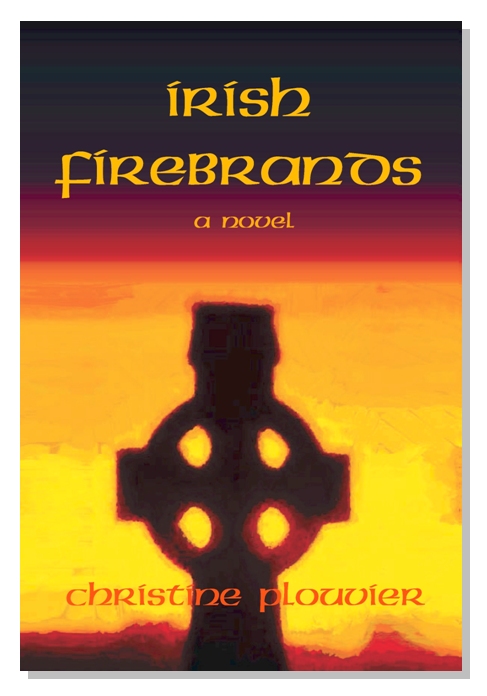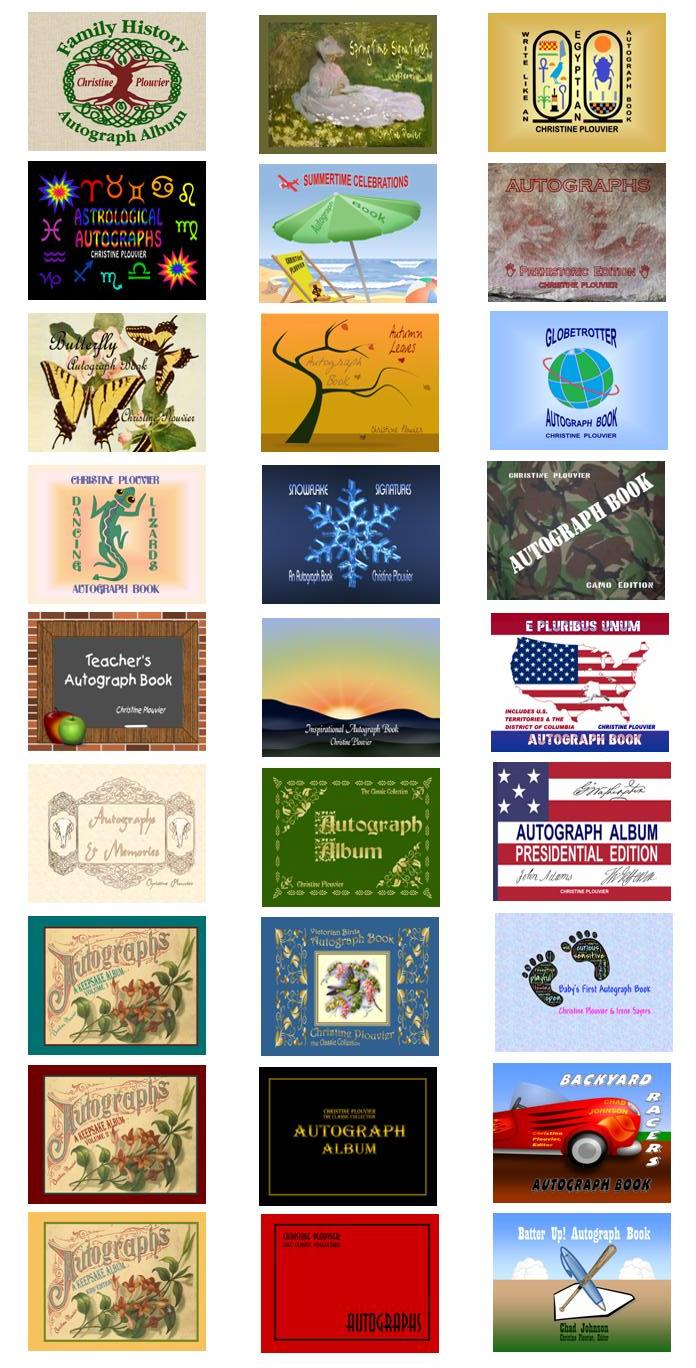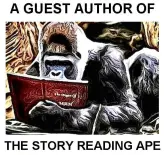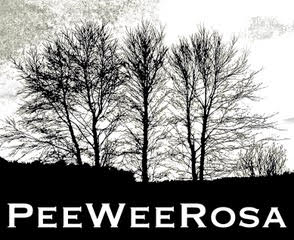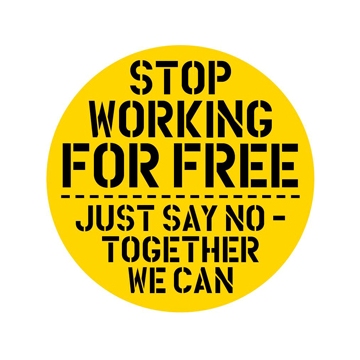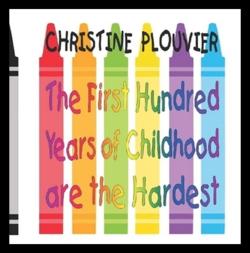Proofreading? Line Editing? Structural Editing? Copyediting? Developmental Editing?
Editing seems to be a mysterious, fearsome process that many Indies cannot afford to hire out, yet they recoil from doing it themselves. This would not be as big a problem as it has become (as evidenced by the mass of disappointing dreck that’s been published) if there was not a dictum out there (possibly traceable to NaNoWriMo) of “ignore your internal critic.” For that is what editing really is: a critique of a product of written art. And who likes criticism, even if self-inflicted?
There’s also a lot of confusion about what constitute the steps and process of editing. Even persons who do editing for a living admit that the lines here are blurred. In addition, the “rules” for editing fiction differ from those of non-fiction, and there are a multitude of “style” guides to consider, as well.
To demystify and draw the teeth of this monster, I propose an alternative paradigm for editing fiction: the Iceberg Approach.
If we can write, we can edit.

As Indie Authors, we’ve had a lot of practice with writing. In childhood and youth, we were gradually guided through the steps of recognizing words (spelling), understanding their meaning (vocabulary and context), and stringing them into sentences that made sense (grammar and punctuation). We learned how to combine sentences into paragraphs which supplied more detailed meaning (usually in the form of essays), and by young adulthood, we had been instructed in the organization of multiple paragraphs into coherent arguments, primarily in informational (research) papers, but also in persuasive articles (opinion pieces) or brief entertaining stories (creative writing). If we attended university, by that time we were expected to be capable of carrying on accurate research reporting accompanied by extensive nuanced analytical arguments, as well as producing plausibly plotted short fiction (each being different forms and lengths of manuscripts). At almost any point in the process, we were taught the principles of outlining, probably first in the context of learning to read, and later as a preliminary to writing pieces longer than one paragraph. (I disagree with the practice of outlining in preparation for writing, and find it more useful as a tool to analyze a completed work.)
Whatever adult stage of life you’re at now, if you’re reading this, you’ve created a full-length work of written art, and need to prepare it for publication. You may have been editing throughout the process of writing your book, or you may have saved that effort until the first draft was finished. (I think editing is easier and more effectively performed in the creation phase, during which it serves to prevent “writer’s block” and lightens the editing load at the end, but those are topics for other blog posts.) Either way, you’re now in a prime position to apply everything you already know about words, sentences, paragraphs, chapters and manuscripts to polishing your opus.
This doesn’t mean that you have to do it all yourself. Many Beta readers will report issues at the Word level (commonly known as basic proofreading), and others will provide feedback at the Chapter and Manuscript levels (things that may be considered structural and developmental editing). If you can get it, this information is more valuable than the gushing praise, “I loved it!” without any reason given as to why.
The composition of a written work of art may founder at the Word level, but Iceberg editing doesn’t necessarily start at the tip and plod in lockstep downwards, into the deep. Problems with the basic stuff in a published book can be a cover-closer for a reader, but like the iceberg that wrecked the Titanic, even worse trouble for a novel can lurk below the waterline.
Before active editing occurs is the best time to do an outline, which will reveal where your story needs help, and that will probably be at every level. Once you know where the trouble spots are, you can start editing wherever you like, to fix them. You’ll ascend and descend the Iceberg throughout the process, and eventually all the zones will be completely edited. You’ll have fixed more than 90 percent of the problems, and will likely be ready to progress to publishing. That formerly formidable Iceberg will have melted away.
I’ll be examining this concept in more detail in later blog posts, but don’t let that stop you from implementing it right now. If you have a novel to edit, by all means try the Iceberg paradigm, and weigh in with comments about your experience with it, pros and cons.





